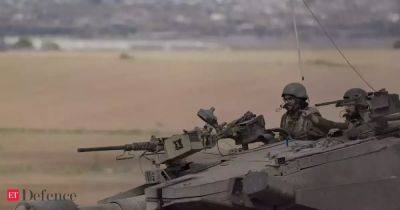Wind and sun are free, but it's harder to get renewable energy projects built these days. Here's why
These are turbulent times for wind and solar energy
SPRAKEBUELL, Germany — The wind gusting across north German farm country brings much to the village of Sprakebuell: fog and rain from the sea, the occasional migrating stork, the faint smell of manure in the newly fertilized fields.
And perhaps best of all, money — from selling the electricity generated by the wind turbines studding the flat green fields stretching out to the North Sea. A slice of the cash goes to the villagers themselves, with the local buy-in making this windy farming enclave near the border with Denmark a showcase for ways to push ahead with renewable energy projects.
It's not easy when headwinds from the post-pandemic global economy — including high interest rates and inflation — are holding back often costly investment in wind, solar and other forms of clean power.
That is slowing the growth in renewables needed to fend off climate change, just as it needs to speed up to meet an ambitious goal reached at the U.N. climate summit to boost clean energy capacity.
But Sprakebuell, a three-street cluster of neat one-story houses where tractor traffic outnumbers cars, has seen new life and added prosperity thanks to renewable energy. Small as it is, some of the German town’s practices offer lessons that could resonate globally.
The dividends from citizen-owned wind parks don’t make the recipients rich. Instead, the money is a little extra jingle, a financial buffer “that’s very important for us because it gives us a certain freedom,” said Astrid Nissen, 44, who with her husband manages a 150-cow dairy farm on the village's outskirts.
Milk prices fluctuate wildly, but the steadier income from the wind parks is “something we can rely on, something we
Read more on abcnews.go.com























